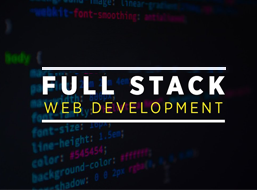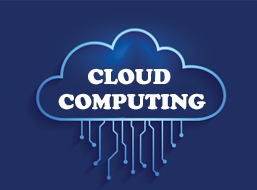The Importance of Accessibility in Software Design
Software applications can be defined as programs that are of great importance for work, education, entertainment, and communication. However, as more technology is used in society, these tools must be available to individuals with disabilities as well. Making computer software accessible is not only the right thing to do but the legal and business thing to do as well as boosting the usability, opening up new markets, and avoiding costly litigation.
What does the term Accessibility in Software Design mean?
Web accessibility in software design relates to the manufacture of application interfaces that are accessible to anybody with disapproval or disability. It is for people with visual, auditory, motor, cognitive and neurological disabilities included. Accessibility standards bring into reality products that can be used by everyone since it is a requirements aspect of any software architecture.
Why Accessibility Matters
1. The Importance of User Support for a Diverse Population
The World Health Organisation estimates that in excess of one billion individuals around the globe have some type of disability. Developing accessible software helps this essential part of a population to Address Computer Technology so that the persons could work, learn and communicate Constructively.
2. Legal Compliance
Since the Issue, majority of the countries have adopted laws and regulations on the use of the digital access. For instance:
- The equal opportunity such as the Americans with Disabilities Act (ADA) in the United States.
- The International Web Content Accessibility Guidelines (WCAG).
- The EAA –European Accessibility Act.
- Violations of these constructive regulations bring adverse legal implications and reputation loses to organizations.
3. Enhanced User Experience
There’s the idea that it can often be effective if there’s something in it for all, including the disabled. Element such as keyboard control, voice control, or high contrast schemes generally enhance the experience of everyone, but particularly for those who, due to circumstances or a temporary malaise or disability, have difficulties in perceiving the world visually.
4. Broader Market Reach
Accessibility means more customers, thus, designing for accessibility can make businesses fetch more customers. It means that no potential user is locked out, which makes the software as market-accessible as possible.
5. Fostering Innovation
Integration difficulties make developers try to find some unusual solutions for the accessibility problems in order to bring positive changes in functionality and performance.
Principles of Accessibility in designing software programs
1. Perceivable
- All the users should be able to detect the interface and other content of the site. For example:
- Use alt text for images.
- Include closed captions for audios and videos.
- Select fonts that are easily readable and in addition, the text must by all means be scalable.
2. Operable
- Users should be able to navigate and interact with the application easily:
- Enable keyboard navigation.
- Prevent actions that harm particular users as a result of undertaking them during a given time frame.
- Make controls for enabling and disabling animation sequences as well as for stopping animation at some step.
3. Understandable
- The software should be intuitive and easy to comprehend:
- Use simple language.
- Have proper continuity of the navigation.
- An attorney must be clear with instructions as well as the errors they are offering to the computer system.
4. Robust
- Ensure compatibility with assistive technologies:
- Run the interface in front of a screen reader, magnifying glass, and voice recognition system.
- Semantic HTML and accessible rich internet applications (ARIA) roles.
How Accessibility has been incorporated at Apponix Technology
Easy accessibility to the system is one of the defining principles at Apponix Technology when creating our software. This is why our approach to training focuses on admitting nontraditional students who can develop software for the international market with accessible features. This approach guarantees that our students can produce software to fit the needs of people with different disabilities as they learn industry accessibility standards.
Web Designing and Developing | Machine Learning | Data Science
Cybersecurity |DevOps | Cloud Computing | Artificial Intelligence







